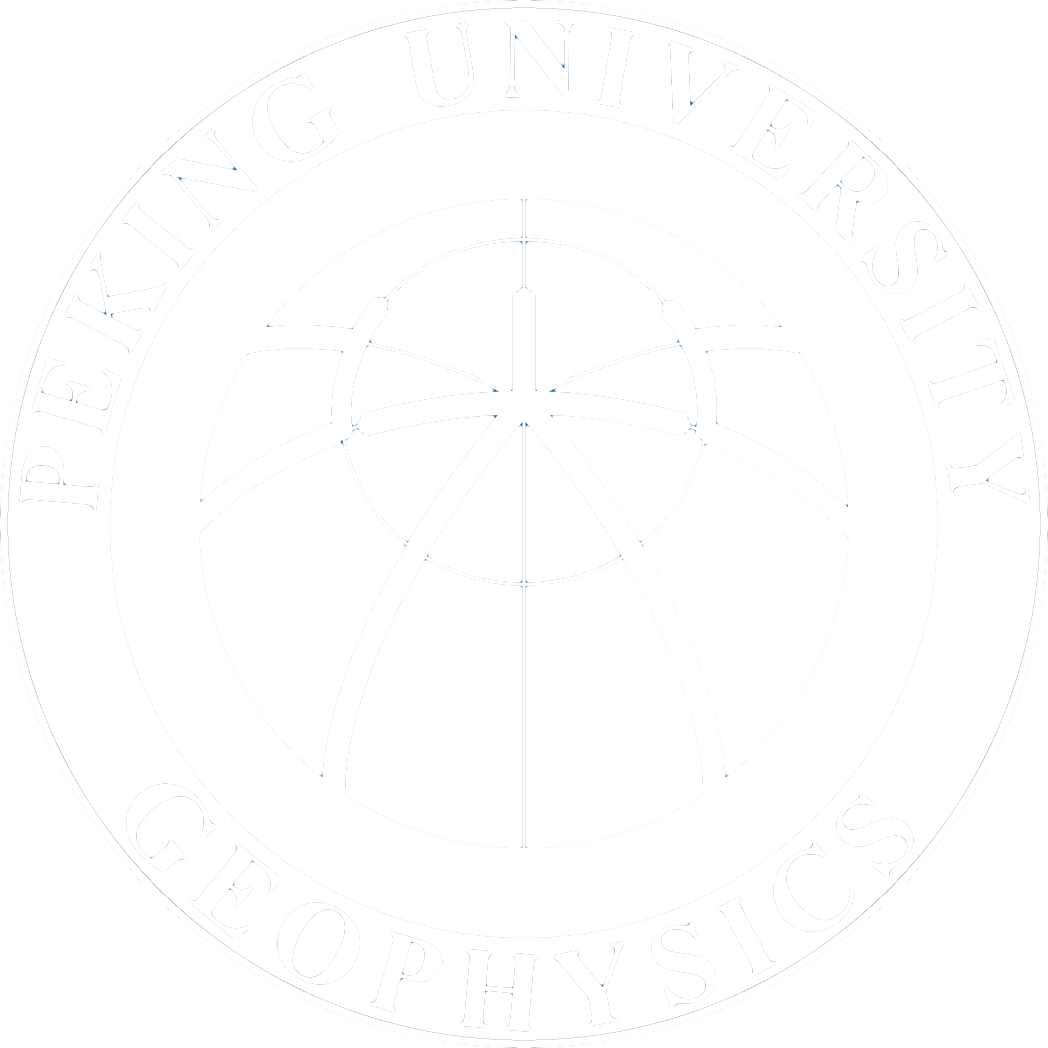Zhou, Shiyong
Main research interest is earthquake hazard estimation and actuarial science. He developed earthquake activity simulation and catalog generation algorithms based on Coulomb failure criterion and catalog generation algorithm. He also developed Multi-dimensional Stress Releasing Model (MSRM) based on co-seismic stress release. His recent research topic includes: reservoir induced earthquake, teleseismic dynamic triggering, quantitative analyses of earthquake activity, earthquake hazard estimation, fault zone activity monitoring using dense seismic network and GPS networks.

Automatically detected micro-seismici activities and surface wave tomography results (Zhou et al., in prep) Mw > 6.5 earthquake hazard mape(Jiang, Zhou et al.,2012, Geophys. J. Int.)
Zhang, Haiming
Research field: earthquake source dynamics. His main interest lies in the development of boundary integral equation method, which can be used to simulate the rupture process of coseismic dynamics. His group has independently developed the integral equation and program that can accurately calculate the coupling effect between the surface and the fault, as well as the geometric influence of complex fault system, and studied the related earthquake source dynamics problems. In recent years, he has undertaken several NSFC projects, including the influence of surface and fault geometry on the transformation of super shear rupture of large shallow earthquakes, as well as the theoretical and practical exploration of seismic waves excited by moving seismic sources.
Zhang, Yong
Kinematic source inversion. With the seismic and geodetic data, he mainly focuses on development of new methods in determination of source parameters. The purpose is to better estimate the fault geometry and kinematic rupture process. In addition, he also applies inversion techniques to earthquake monitoring, earthquake emergency response and early warning, to improve their efficiency. In recent few years, he has proposed several original techniques in joint inversion of rupture process, geodetic inversion of complexities in fault geometry, and automatic inversion of rupture process. Since the 2008 Wenchuan earthquake, he has conducted fast inversions of rupture process for >70 significant global earthquakes. The time of the fast inversions has been reduced to ~2 hours at present. In the future, with the automatic inversion technique and the near-field strong-motion data, the time may be further reduced to several minutes.
Xue, Lian
Earthquake hydrology studies the complex interaction between earthquakes and water. Pore-pressure near the fault can reduce the normal forcing on the fault to encourage the occurrence of earthquakes. Earthquake can also cause some related hydrogeologic phenomena, such as liquification, water level inside wells changes, and streamflow changes. We can learn the physical process and mechanism of the interaction between earthquakes and water by exploring the quantitative hydrogeological structure of fault zones, earthquake-induced hydrogeologic phenomena and hydrogeological modulated earthquake activities. Dr. Xue studies earthquake physics by using hydrogeology and ground surface deformation. Her research includes how to quantitatively measure the in-situ fault zone hydrogeologic structures, how dynamic permeability evolve over time, how ground water responses to earthquakes, how hydrological loadings modulate earthquake activities, and what is the fault behaviors through earthquake cycles.
